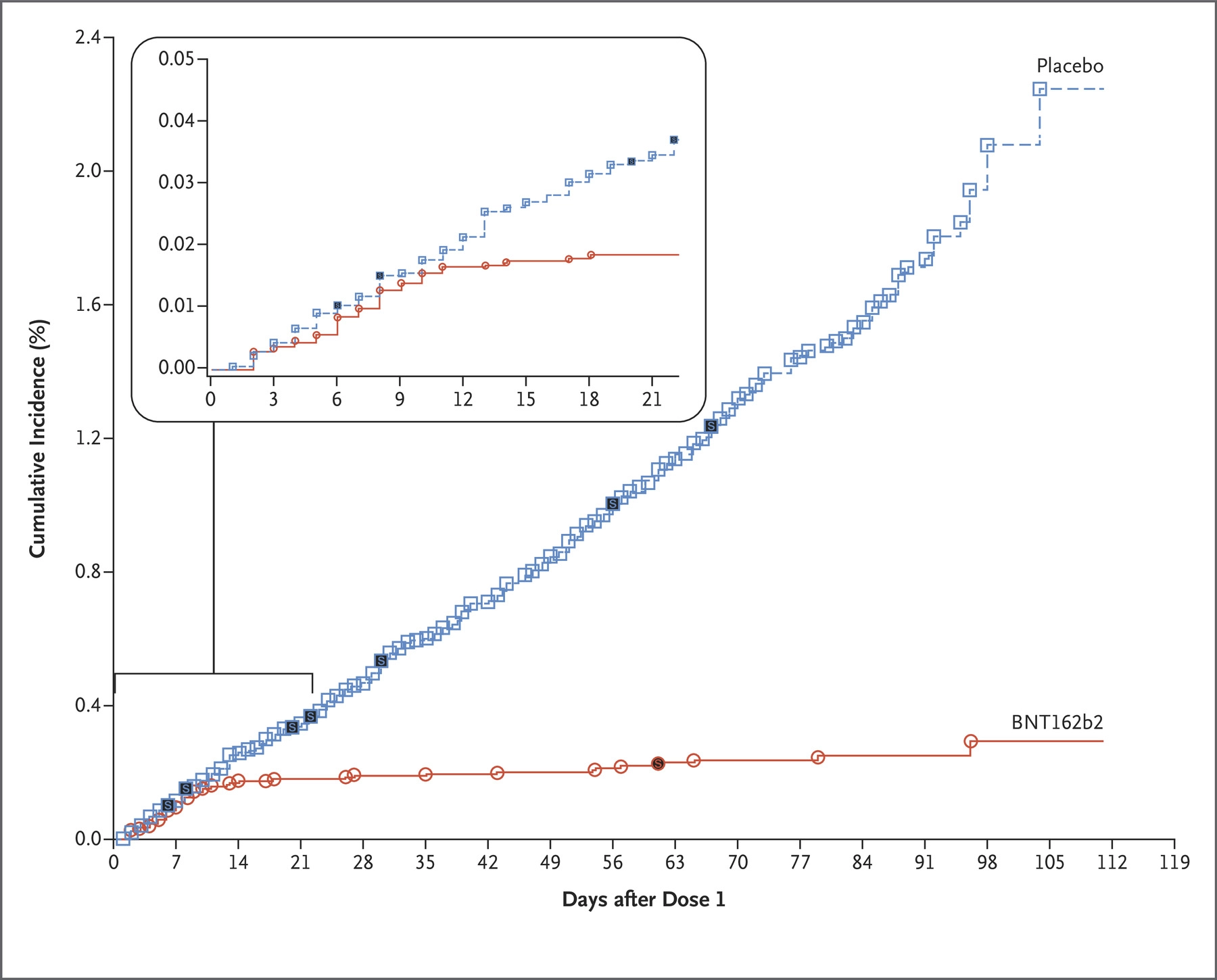Ethics of Vaccine Distribution
Lots of countries, including Canada, are starting to distribute coronavirus vaccines to their populations.
There is a lot of uncertainty about the vaccines, particularly their effectiveness with only one dose. BioNTech, a German company founded by the children of Syrian immigrants, has produced a vaccine that has been proven to be over 90% effective when people receive 2 doses.

However, to be able to vaccinate twice as many people, some people have suggested giving only 1 dose of the vaccine. BioNTech and their distribution partner Pfizer have said there is "no evidence" that only 1 dose is effective.
- What does it mean for there to be "no evidence" of something?
- Would you personally accept only 1 dose?
Another ethical problem that has arisen is the order of distribution of vaccines. Different groups and populations have different likelihoods of catching the disease, and different outcomes when they do get sick.
- Should the vaccine distribution be prioritized?
- Are there any qualities that should put people near the "front of the line" for a vaccines?
- What qualities should put people near the "end of the line" for a vaccines?
As a class, we will now try to identify communities and groups that may need priority. The teacher will write each group name on the front board, and in a group of 2-3 students you should decide how to prioritize them (1 = highest priority, 10 = lowest priority), and why.
There has been evidence of "queue-jumping" in Canada.
These types of ethical/moral dilemmas are often discussed using the thought experiment of a "trolley problem". MIT has a "Moral Machine" that lets you be the judge for a large variety of trolley problems, including with adults, children, seniors, and animals.
In one ethics experiment, researchers found that 5-9 year old children value animals much more highly than adults do - the children "often chose to save multiple dogs over one human, and many valued the life of a dog as much as the life of a human". On the other hand, "almost all adults chose to save one human over even 100 dogs or pigs".
